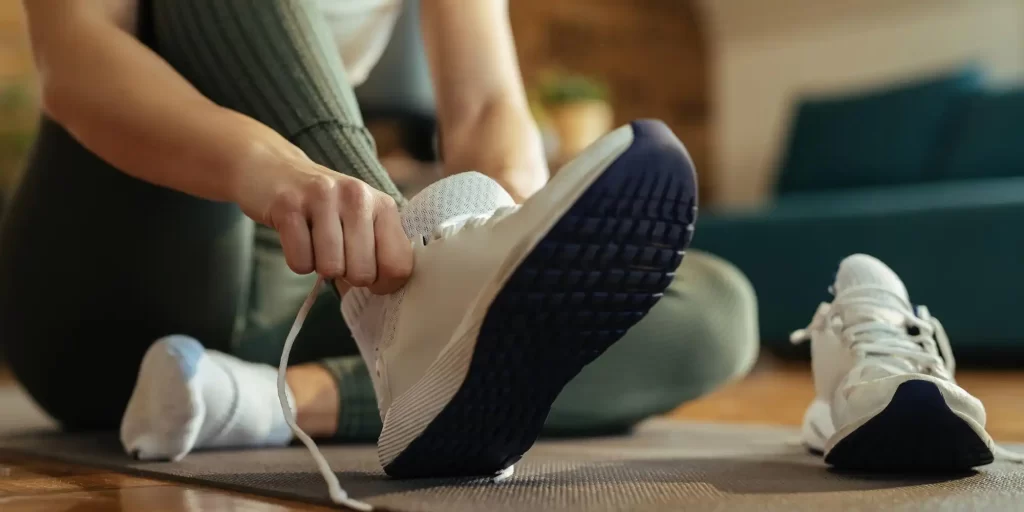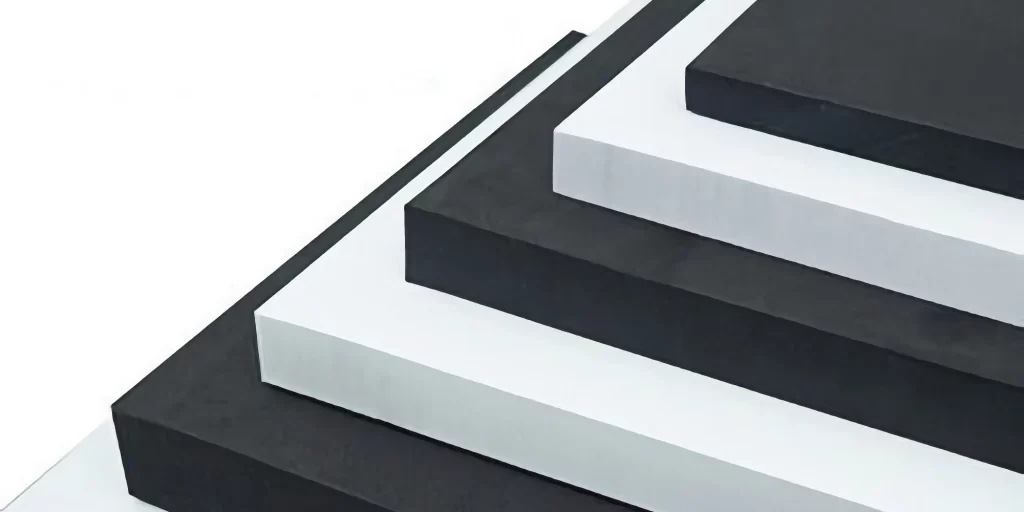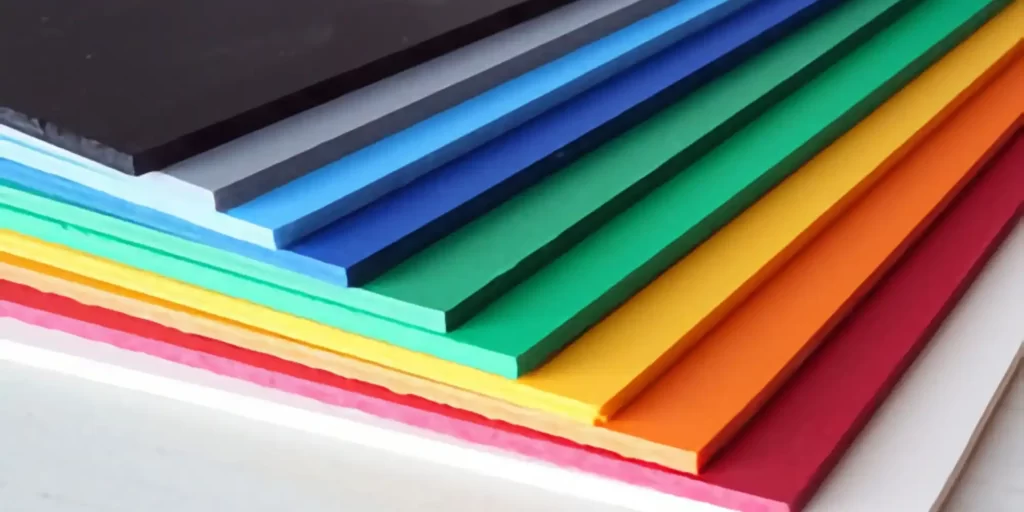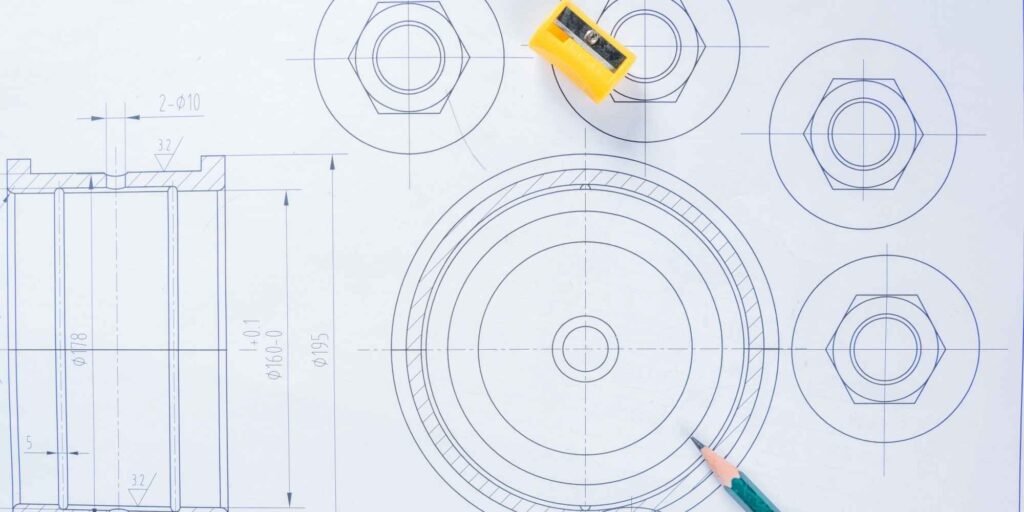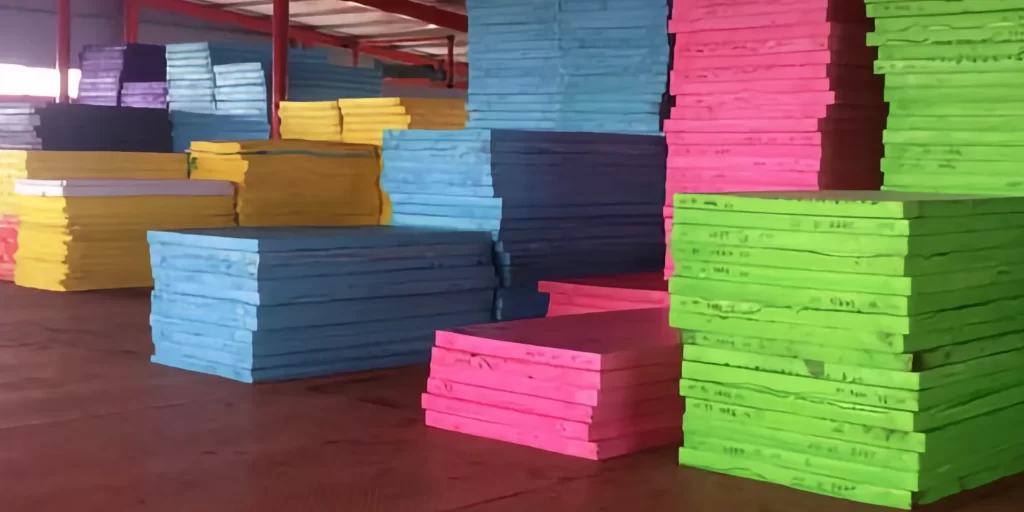In the world of footwear, the outsole is a critical component, dictating the durability, comfort, and overall performance of the shoe. Ethylene-Vinyl Acetate (EVA) foam has emerged as a game-changer in outsole technology, offering an exceptional combination of lightness, durability, and flexibility. This article delves into the use of EVA foam in outsoles, exploring its advantages and addressing common questions about its application in footwear.
The Advantages of EVA Foam Outsoles
EVA foam stands out in outsole manufacturing for several compelling reasons:
1. Unmatched Lightness:
EVA foam is significantly lighter than traditional materials like rubber, reducing the overall weight of the shoe and enhancing wearer comfort.
2. Superior Cushioning:
It provides excellent shock absorption, minimizing the impact on the feet and joints during activities such as walking, running, or jumping.
3. Enhanced Flexibility:
EVA outsoles offer greater flexibility, allowing the shoe to bend and twist with the foot’s natural movements, which is essential for athletic performance and comfort.
4. Durability:
Despite its lightness, EVA foam is remarkably durable and resistant to wear and tear, ensuring a longer lifespan for the shoes.
5. Water Resistance:
EVA material is naturally resistant to water, making it an ideal choice for footwear used in wet or damp conditions.
6. Aesthetic Versatility:
EVA foam can be molded into various textures and designs, and it accepts dyes well, allowing for a wide range of aesthetic options.
Applications of EVA Foam in Outsoles
Athletic Shoes:
In sports footwear, EVA outsoles provide the necessary cushioning and flexibility for high-impact activities, enhancing performance and reducing injury risk.
Casual Footwear:
For everyday wear, EVA outsoles offer comfort and lightness, making them ideal for prolonged use throughout the day.
Hiking and Outdoor Shoes:
EVA foam provides a good balance of cushioning and stability for outdoor terrains, making it suitable for hiking boots and trail shoes.
Children’s Shoes:
The lightweight nature of EVA is perfect for children’s footwear, ensuring comfort without adding unnecessary weight.
Specialty Footwear:
EVA outsoles are used in specialty shoes, such as orthopedic footwear, where comfort and support are paramount.
The Future of Footwear with EVA Foam Outsoles
EVA foam outsoles represent a significant advancement in footwear technology, combining comfort, durability, and style in a way that was previously unattainable with traditional materials.
FAQs About EVA Foam Outsoles
Q: How do EVA foam outsoles compare to rubber outsoles in terms of durability?
A: EVA outsoles are generally more lightweight and offer better cushioning than rubber. While rubber may offer superior abrasion resistance, EVA provides a good balance of durability and comfort.
Q: Can EVA outsoles be used in all types of shoes?
A: Yes, EVA foam is versatile and can be adapted for various types of footwear, from athletic shoes to casual wear and specialty footwear.
Q: Are EVA outsoles suitable for long-distance running shoes?
A: Absolutely, EVA foam is ideal for long-distance running shoes due to its excellent shock absorption and lightweight properties, reducing fatigue over long runs.
Q: How environmentally friendly are EVA foam outsoles?
A: While EVA is a synthetic material, efforts are being made to increase its sustainability, including the use of recycled EVA and more eco-friendly manufacturing processes.
Q: Can EVA outsoles provide adequate traction?
A: Yes, EVA outsoles can be designed with various tread patterns to provide sufficient traction for different activities and surfaces.
In conclusion, EVA foam outsoles are transforming the footwear industry, offering an optimal blend of lightness, comfort, and durability. Their versatility across different types of shoes underscores their broad appeal and functionality. As footwear technology continues to evolve, EVA foam outsoles are poised to play a pivotal role in shaping the future of comfortable, high-performance footwear.
